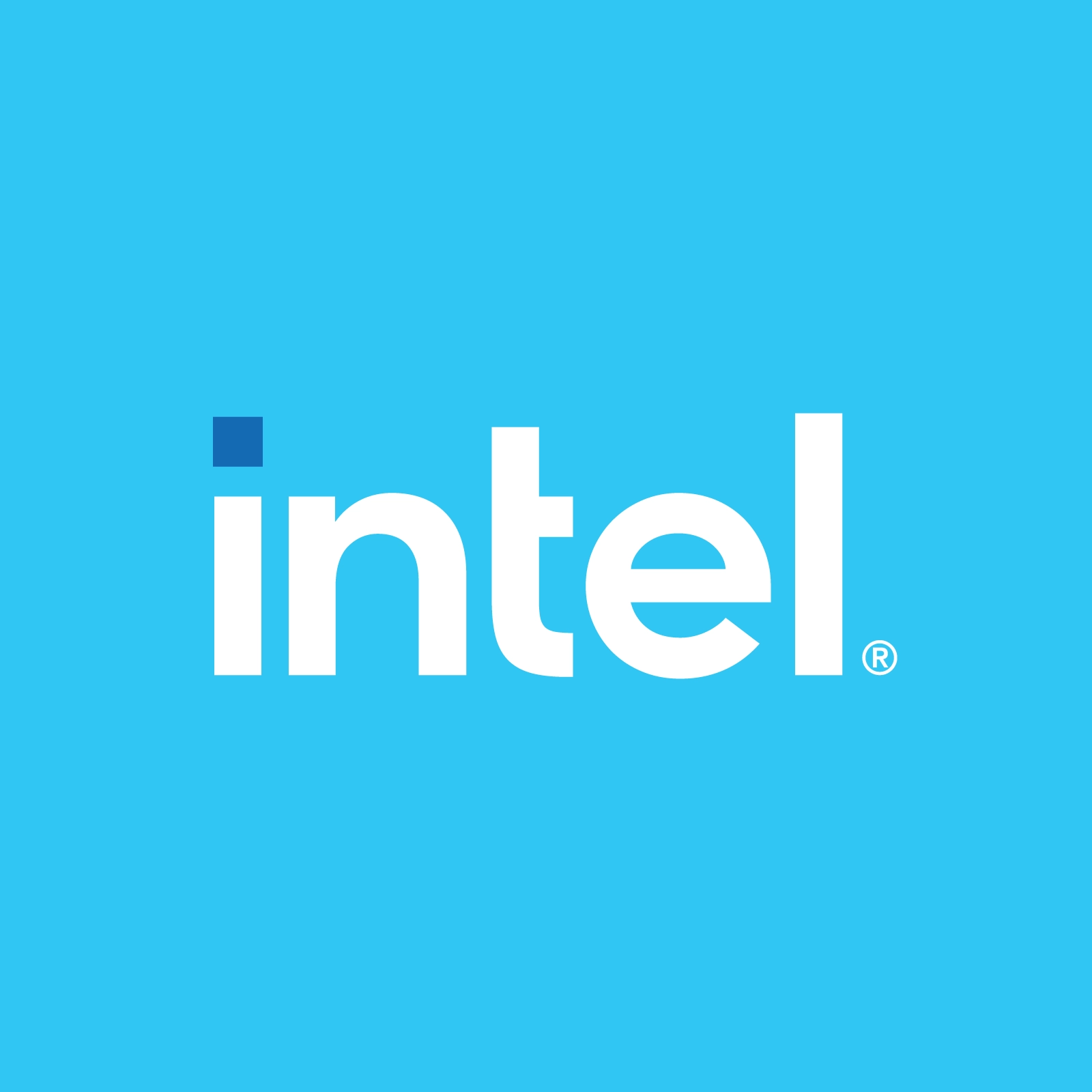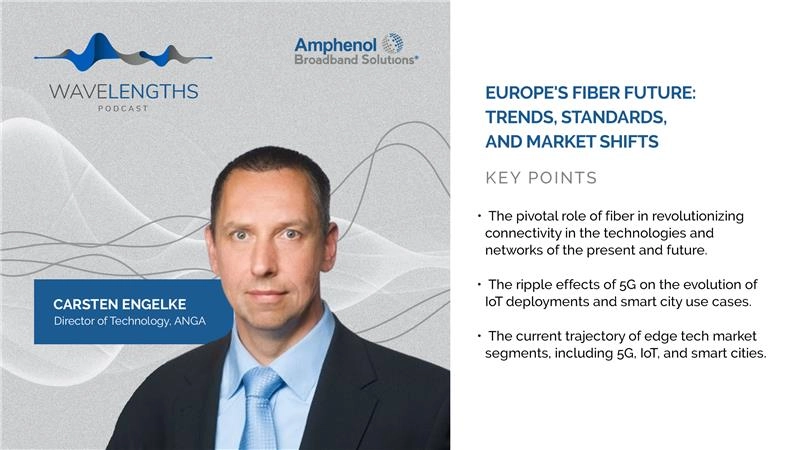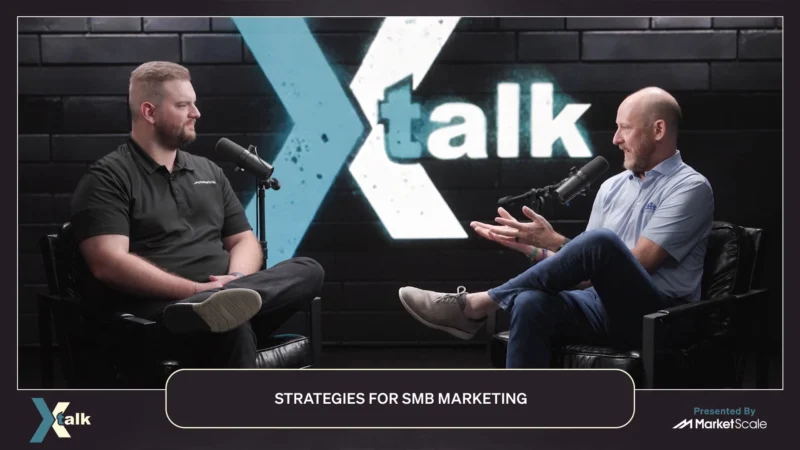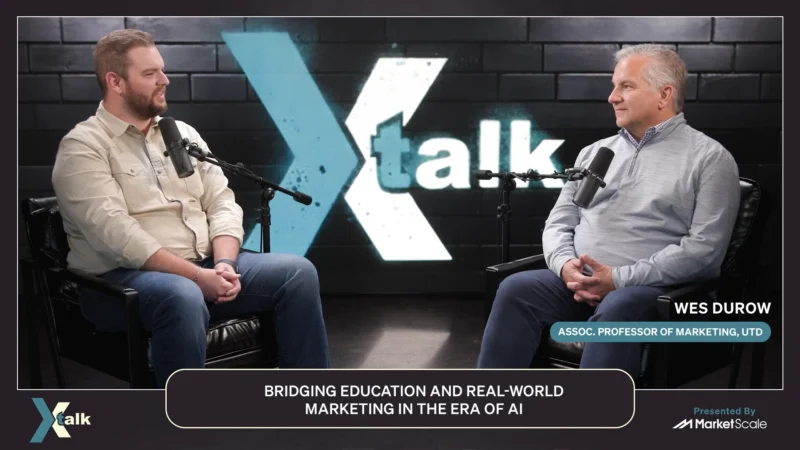Connecting Device Operations to Human Workflows
Making things simple and easy is the mantra, or should be the mantra, of any connected device solution aimed at improving human workflows. Utilizing edge intelligence is one way to improve operational efficiencies. Three companies working together to provide these scale solutions are VolteoEdge, ServiceNow, and Intel. How they’re bringing these edge technologies to market and working to support each other to offer unified solutions is what To the Edge and Beyond’s host Michelle Dawn Mooney speaks about with her three guests, VolteoEdge CEO Ravi Nannapaneni, Intel Vice President of Network and Edge Solutions Alec Gefrides, and ServiceNow Vice President and Global Head of Vision & Innovation Tasker Generes.
Generes says the cornerstone of any edge solution is making it easy and simple for the customer. “That’s what ServiceNow is all about. We’re trying to understand what’s happening in that environment, from the edge to the service and how it’s performing. You’ve got to have the right information to make the right decisions. The whole concept of edge-to-service is providing people with that technology and the workflow to see what is happening and provide the best performance for the top and bottom-line improvement.”
Nannapaneni says for Volteo Edge’s part, they enable edge intelligence, provision it, and manage it for the ultimate vision of putting data to work to power workflows and services seamlessly across the value chain resulting in three value propositions. “One is to drive revenue improvement for the customer, cost reduction, and risk reduction.”
Provisioning technology is essential for solving the challenges of connected device operations, where getting devices into the proper environment is critical. Gefrides says Intel works with open standards technology called FDO (Fido Device Onboarding.) “What it enables is, when you plug in that device, it basically calls home or calls to a dedicated server that says, hi, I’m available. That device now has a token, that server’s received a token that makes a handshake that says, okay, yes, you belong here. It helps the device join the appropriate company and network it belongs to.”
Learn more about edge connectivity solutions by connecting with Ravi Nannapaneni, Alec Gefrides, and Tasker Generes on LinkedIn or visit:
Subscribe to this channel on Apple Podcasts, Spotify, and Google Podcasts to hear more from the Intel Network and Edge Solutions Group.




